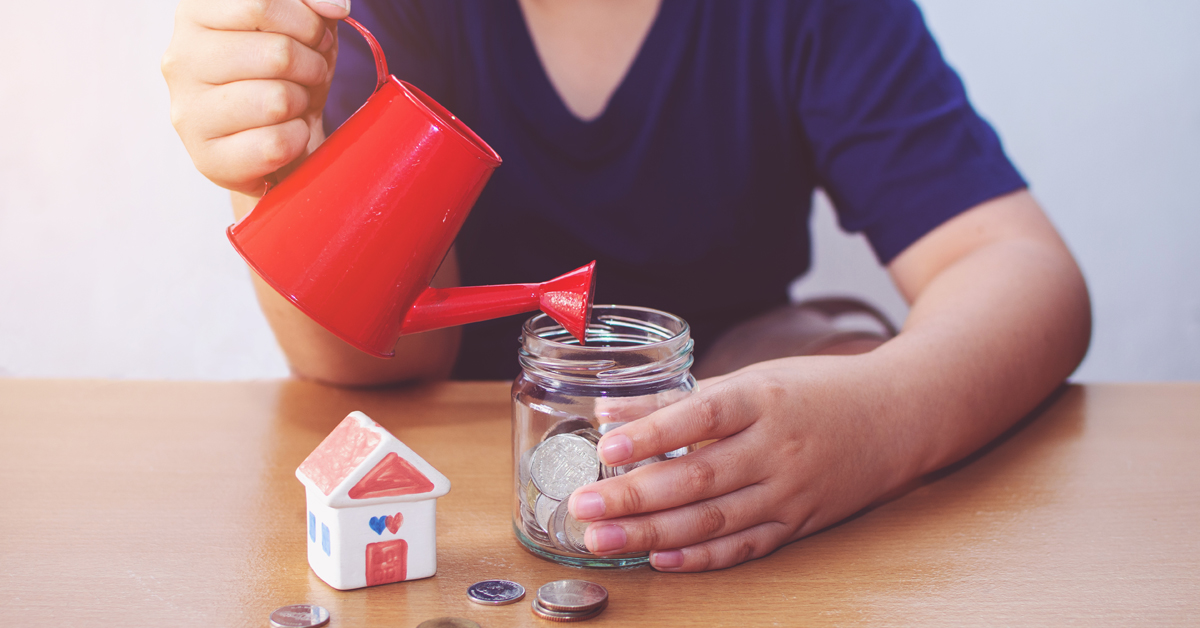Buying a home is an exciting milestone, but saving for a down payment can feel like an overwhelming challenge. Whether you’re aiming for a 20% down payment or looking to take advantage of low-down-payment programs, there are strategies that can help you reach your goal faster. In this blog post, we’ll dive into practical tips and expert advice on how to save money for your down payment in a way that’s achievable and effective.
1. Set a Clear Goal
Before you start saving, it’s important to have a clear target in mind. Research the average home prices in your desired location and decide on a down payment percentage. While 20% is traditional, some loan programs allow for as little as 3% to 5% down. For example, if you’re eyeing a $300,000 home, a 20% down payment would be $60,000, while a 5% down payment would be $15,000. Setting a realistic target will help you stay motivated and on track.
2. Create a Savings Plan and Stick to It
The key to saving for a down payment is consistency. Break down your target amount into monthly savings goals. For example, if you want to save $20,000 in two years, you would need to save about $833 per month. Use budgeting tools or apps to track your progress, so you know exactly where you stand each month.
- Automate Savings: Set up automatic transfers to a dedicated savings account. This way, you don’t have to rely on willpower to save—your money will be set aside before you even see it.
3. Cut Unnecessary Expenses
Review your spending and identify areas where you can trim the fat. This could be as simple as cooking more meals at home, canceling unused subscriptions, or cutting back on impulse purchases. Small sacrifices can add up quickly, helping you boost your savings.
- Cut Back on Big Expenses: Consider downgrading your car, cutting back on dining out, or delaying non-essential purchases. If you can temporarily live with fewer luxuries, you’ll be able to save faster.
4. Consider a High-Interest Savings Account
Instead of letting your savings sit in a regular checking account, consider moving it to a high-yield savings account or a money market account. These accounts often offer a higher interest rate, which means your money will grow faster over time.
- Look for Special Down Payment Savings Programs: Some financial institutions offer programs specifically designed for first-time homebuyers. These accounts may offer higher interest rates or other benefits like matching contributions.
5. Boost Your Income
In addition to cutting expenses, increasing your income is a great way to speed up your savings plan. Consider picking up a side hustle or freelance work to earn extra money. There are many opportunities to make money online, such as driving for Uber, tutoring, or selling handmade goods on Etsy.
- Sell Unused Items: Go through your home and declutter. Sell items you no longer use—clothes, electronics, furniture, or anything else that’s taking up space. The extra cash can be directed straight to your down payment fund.
6. Tax Refunds and Bonuses
If you receive a tax refund or an annual bonus, consider using part or all of it for your down payment. These lump-sum payments are an excellent opportunity to give your savings a significant boost. While it’s tempting to spend this money on a vacation or a splurge, putting it toward your down payment can bring you one step closer to homeownership.
7. Gift Money or Family Assistance
If you have family members who are willing and able to help, you can ask for a gift toward your down payment. Many home loan programs allow gift money from family members, but it’s important to document the gift properly. While it’s not always an option for everyone, this can be a major boost to your savings plan.
8. Look Into First-Time Homebuyer Programs
Many states and local governments offer first-time homebuyer programs that provide financial assistance, low-interest loans, or down payment grants. Research programs available in your area to see if you qualify. These programs are designed to make homeownership more accessible, and they could significantly reduce the amount you need to save.
9. Consider a Down Payment Assistance Loan
Some programs, especially for first-time buyers, offer down payment assistance loans that you can pay back over time. These loans can be used in conjunction with other financing options to reduce your upfront costs.
10. Stay Focused and Be Patient
Saving for a down payment is a long-term goal, but the reward is worth the effort. While it might feel slow at times, stay focused on your end goal: homeownership. Celebrate small milestones along the way to stay motivated. Whether it’s reaching your first $1,000 or hitting 50% of your target, these wins will keep you going.
Conclusion: Saving for a down payment doesn’t have to be overwhelming. By setting a clear goal, sticking to a budget, and finding ways to cut costs and boost your income, you can make steady progress toward your dream of owning a home. Remember that every dollar saved brings you one step closer to achieving that goal. Stay consistent, be patient, and soon enough, you’ll have the down payment ready for your future home.

